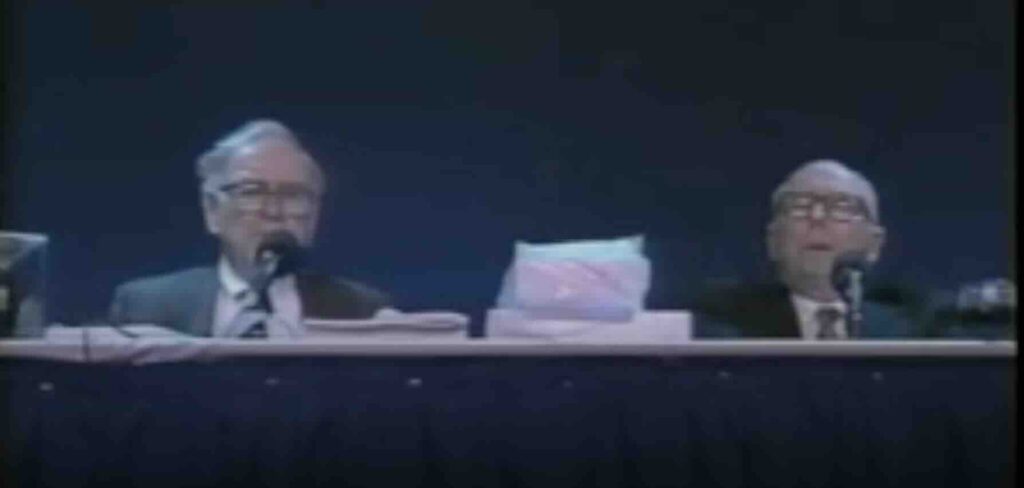1999 Berkshire Hathaway Annual Meeting

Lessons from this meeting:
- General Re’s Value Is a 10-Year Story
- Float won’t grow meaningfully in 1999–2000; real benefits accrue over the longer term.
- International expansion and tax synergies are the key levers for future upside.
- Technology Is More Threat than Windfall
- Rapid change makes many industries unpredictable; we favor businesses likely to look much the same in 10–20 years.
- Coca-Cola’s century-old formula or See’s Candy’s recipe are far safer “moats” than most tech plays.
- Stocks Can’t Outpace GDP Forever
- U.S. profits can’t grow faster than GDP in the long run—15 % equity returns are mathematically unsustainable.
- Reset your expectations: 4–5 % real profit growth plus dividends is a much more plausible base case.
- True Philanthropy Is Low-Cost Service
- The greatest contribution you can make is delivering goods or services more efficiently—think GEICO’s savings to consumers.
- Corporate giving should be driven by shareholders, not by CEOs “owning” the charity budget.
- Cable Facilities: Promise vs. Reality
- So far, returns on cable infrastructure have been modest given its heavy capital demands.
- Programming and distribution models may improve—but price in today’s lofty multiples and you risk disappointment.
- Inheritance: Strike a Balance
- “Enough to do anything, but not enough to do nothing” preserves meritocracy and discourages entitlement.
- Heavy taxation on unearned wealth can help level the playing field without crushing ambition.
- We’re Willing to Trade Big Upside for Certainty
- Microsoft or Pfizer might deliver windfall gains—but we prefer the “certain payoff” of proven moats at sensible prices.
- Betting big on volatility isn’t our game; we’d rather own fewer businesses with razor-sharp visibility.
- Share Buybacks Require a Wide Margin
- We’ll repurchase only if Berkshire is “dramatically underpriced” relative to intrinsic value—and only after finding no better use of capital.
- Buying back at a small discount to fair value wastes opportunities elsewhere.
- Moats and Management Are Qualitative Anchors
- Assess a company’s “moat” by its sustainable pricing power and brand strength—e.g., Coca-Cola’s global share of mind.
- Judge management by post-mortems: did past reinvestments actually enhance value?
- Learn by Reading & “Nose-in-the-Facts” Investigation
- There is no single text: immerse yourself in annual reports, trade journals (e.g., Value Line), and good business biographies.
- Act like a reporter—interview competitors, suppliers, ex-employees—to build a firsthand, journalistic understanding of each business.

Leave a Reply